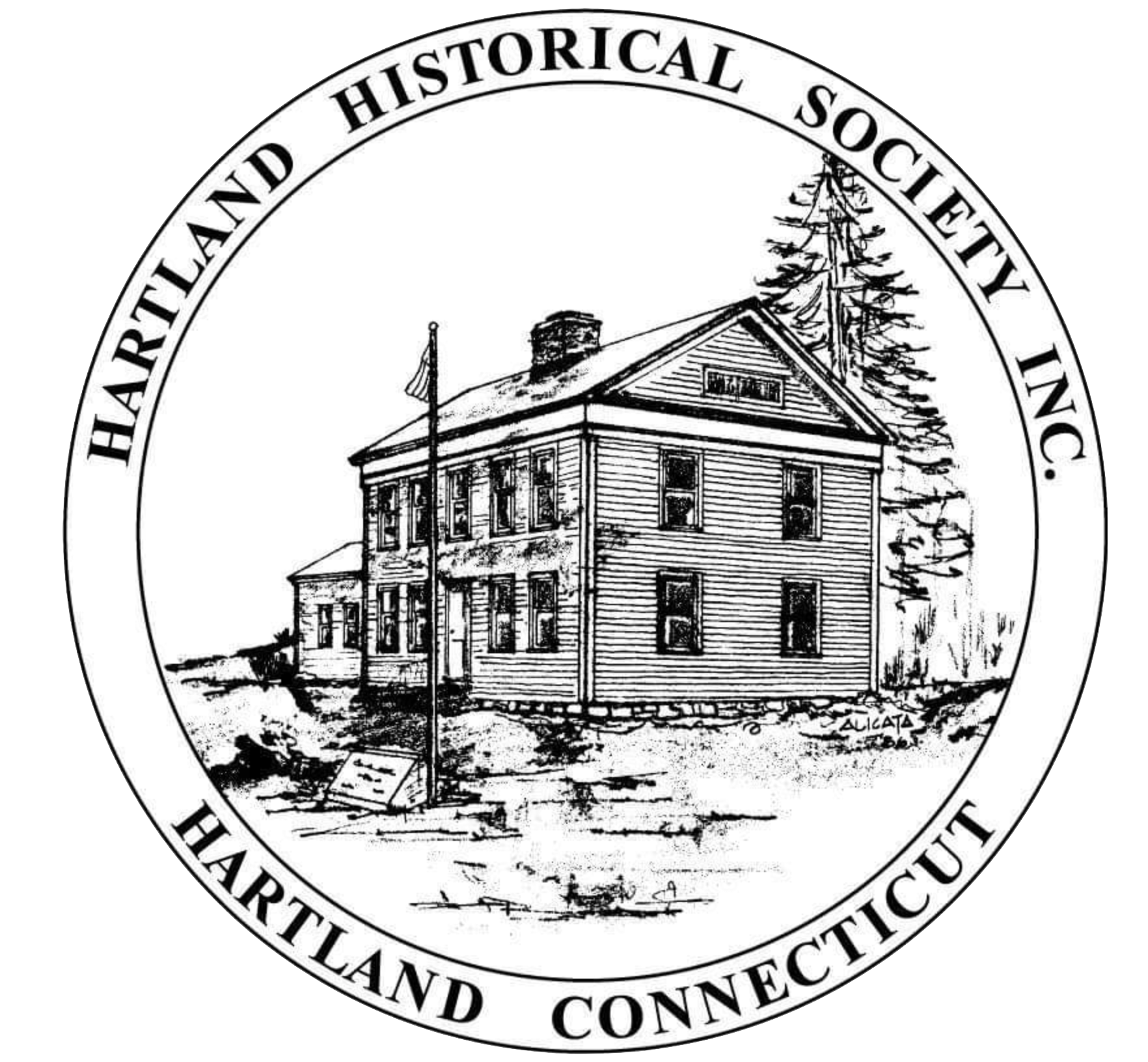
Welcome!
The Hartland Historical Society's mission is to discover, procure and preserve whatever historical facts may be available relating to the civil, military, literary, cultural, and ecclesiastical history of the town of Hartland; and to investigate and preserve such traditions and knowledge as now exist only in the memory of persons. The Society will be responsible for sponsoring and exhibiting the collection of historical articles, pictures and other items relating to the town.
The Hartland Historical Society offers a great range and depth of services to residents and non-residents of Hartland, whether they are members or non-members. Some of the services are: the monthly opening of the 1845 Gaylord House Museum, May through October; bi-annual meetings featuring keynote speakers, food and fellowship; enrichment programs with the Hartland Elementary School sixth graders who study the history of Hartland; independent study assistance for high school, Eagle scout, or college students who select Hartland history as a field project or enhancement project; free research assistance for all genealogical inquiries or historically-related inquiries; oral history interviews and recordings; tri-annual newsletter to all residents; and a core group of volunteers on call and available to be of personal assistance for inquiries, various tasks and jobs.
Hartland’s Fascinating History
Proprietors from Hartford, those whose names appeared on the tax lists of 1720 were originally given the western land grants called Hart(ford)land, now known as the Town of Hartland. The Town of Hartland was incorporated in 1761.
A man named John Kendall is reportedly the first white man to live in the Hartland wilderness in the 1750s. Thomas Giddings is recognized as the first permanent settler of Hartland in 1754. By 1800 the population of Hartland peaked at 1318 men, women and children. By 1930, the census showed a population of 296 persons. The 1960 census recorded new growth and a population of 1044. The 2020 census showed 1,901 people residing in Hartland.
Hartland has an area of 34.6 miles, and has three distinct areas, only two of which now are populated. East and West Hartland (also referred to as the East and West Mountain) sit on either side of what used to be Hartland Hollow, which is now owned by the Metropolitan District Commission (MDC) water authority. In 1940 the Savile Dam was constructed and the Hartland Hollow town ceased to exist. The construction required the relocation of over 1,000 people, four cemeteries, and numerous family farms and homes. In total, over 70% of Hartland’s land (over 15,500 acres) is permanently designated as open space, encompassing state forests and parks, watersheds, and public land conservation trusts.

